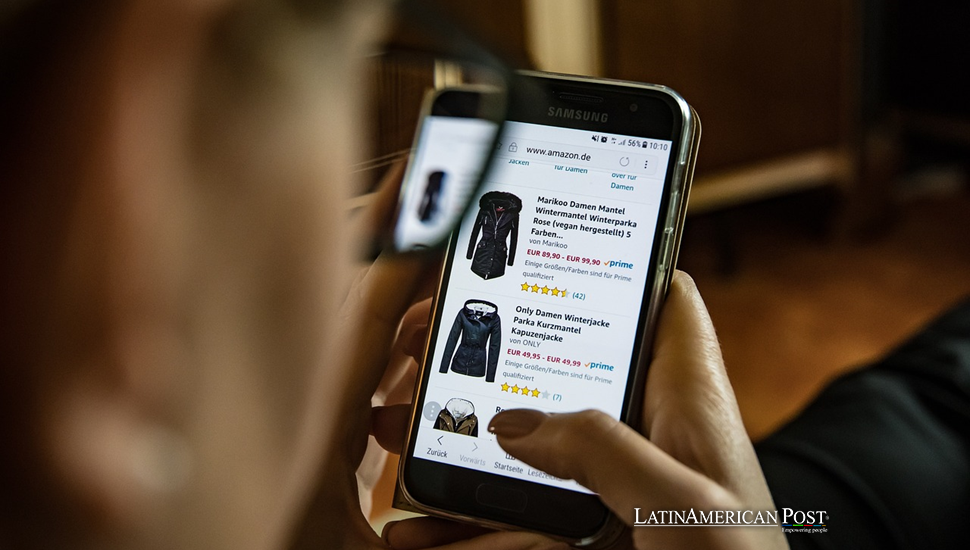Black Friday in Latin America: Unlocking Consumer Insights

Latin America’s Black Friday season—encompassing El Buen Fin, Cyber Monday, and more—offers businesses unparalleled opportunities. By studying regional consumer behaviors, trends, and logistics challenges, companies can unlock a thriving e-commerce market. This market is not just full of potential, but also brimming with innovation, waiting to be harnessed.
A Marketplace Defined by Tradition and Opportunity
Latin America’s Black Friday season, spearheaded by events like Mexico’s “El Buen Fin” and Brazil’s Cyber Monday, has become a consumer phenomenon akin to China’s Singles’ Day. In Mexico alone, 60 out of every 100 online purchases in 2023 were made during El Buen Fin. Retailers across the region experience surging demand, with e-commerce sales in Brazil skyrocketing up to 300% during Black Friday. This cultural trend shows the detailed planning by Latin American buyers. They often read their shopping lists weeks or sometimes months ahead.
Mexican shoppers clearly like big brand names. Very notably, 87.3% of internet users plan their purchases during big sales. Electronics remain the top pick across Latin America. In Brazil, they make up almost 30% of online sales. Smartphones, smartwatches, and wireless earphones rule the market. These items attract tech-loving shoppers looking for both low prices and new technology.
However, traditional items like home goods and fashion still hold a substantial share, especially in Brazil and Mexico, where these products cater to young professionals and families. Chinese companies such as Huawei and Xiaomi are becoming more popular. They are challenging the long-established control of U.S. brands in the electronics sector.
Evolving Preferences and the Rise of Chinese Brands
Chinese products have undergone a dramatic transformation in Latin America. Once seen as budget-friendly but low-quality, they are known for being affordable and innovative. Brands such as Huawei and Xiaomi are no longerseen as something other than second-rate. They have become the first choices for tech fans.
The Chinese smartwatch, the robot vacuum cleaner, and more machinic electronics are rising. This shows the change. Prices are reasonable and advanced, such as those of Amazfit smartwatches. It’s a combination that draws them in from those with more money and the spendthrifts. Installment payment options have further democratized access to these products, with 75% of Brazilian consumers accustomed to paying in up to six installments.
Chinese brands, offering affordable and innovative products from smart technology to car parts, play a pivotal role in Latin America’s online shopping landscape. By combining low costs with fresh ideas, these brands are reshaping the competitive market. Their high-value goods often match or even surpass Western products, making them a force to be reckoned with.
Strategies for Success During Black Friday
Preparation is the key to success during Latin America’s Black Friday season. Merchants and e-commerce platforms often gather inventory months in advance, recognizing the importance of efficient logistics. In regions like Brazil, where customs clearance can be challenging, this preparation is even more crucial.
Retailers with local warehouses have significant benefits. In Mexico, these warehouses reduce delivery times to 1–5 days. Shipping goods from China takes 15–30 days, though. Local warehouses have higher operating costs. However, they simplify delivery. They also improve customer satisfaction a lot. This dramatically increases conversion rates during promotions. Conversion rates rise.
Price-sensitive shoppers search for discounts and free shipping. Bundle offers appeal to them, and limited-time promotions attract these shoppers, too. These factors play a huge role. For instance, Mexican shoppers are particularly drawn to “buy one, get one free” deals, while Brazilian consumers prioritize bundle discounts on electronics and home goods.
Building Long-Term Connections
To succeed in the Latin American market, businesses need more than just strong logistics and appealing prices. They also need to understand local buying habits. Many people in this market prefer to pay for parts and value products more than brands. This understanding is crucial for businesses to reach a wide range of customers and succeed in this market.
Chinese brands like Huawei and Xiaomi show that creating new products is essential. They invest in product ideas and logistics, which turn local buyers into regular customers. Partnerships with platforms such as Mercado Libre, Amazon, and local delivery companies really help. These collaborations strengthen their efforts.
Latin America’s Black Friday season is much more than a sales event. This event is a gateway for businesses. Companies find opportunities to form stronger connections with a fast-growing market. Consumer insights help businesses better understand their customers, which is really important. Enterprises have become essential parts of Latin America’s bustling e-commerce environment.
Also read : Brazil and Paraguay Deepen Ties Through Embraer Jet Deal
The Latin American Black Friday market presents many opportunities for businesses ready to adapt to local trends and challenges. Companies succeed with careful planning and efficient logistics during this busy shopping season. Innovation helps brands win. Businesses that innovate strengthen their position. Brands also build lasting relationships with many different consumers. As the market grows, those who anticipate its needs and embrace its nuances will emerge as regional leaders.




